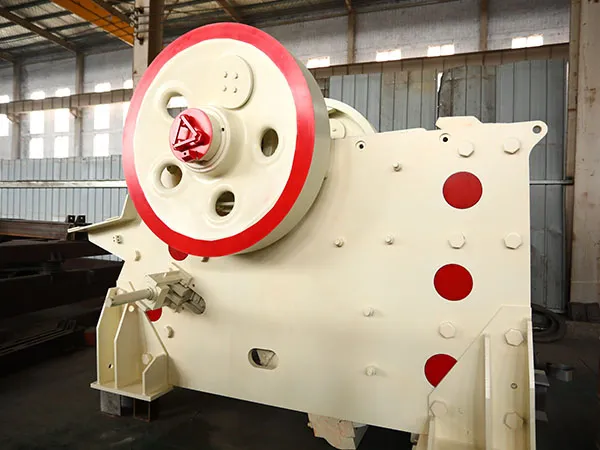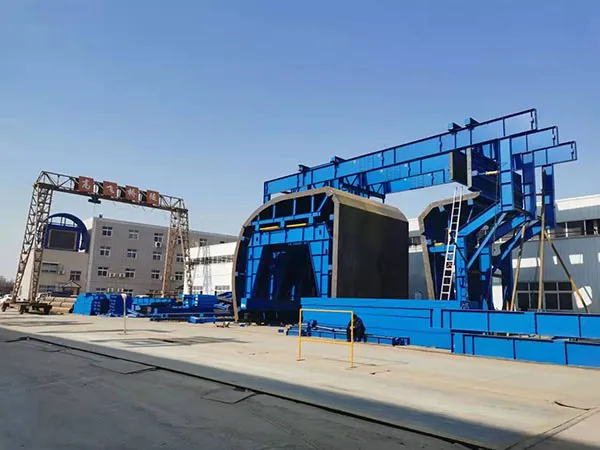Graphite crucibles are essential in high-temperature applications such as metal melting, alloy production, and laboratory experiments. Proper cleaning and maintenance of a graphite crucible after use are crucial to extending its lifespan, ensuring optimal performance, and preventing contamination in future operations.
Residual metal, slag, and oxidation byproducts can accumulate inside the crucible, leading to inefficiencies and potential damage. Cleaning a graphite crucible requires careful handling to avoid cracking or degrading its structure. In this guide, we will explore the best methods for cleaning a graphite crucible after use, recommended tools, and maintenance tips to enhance its durability.Cleaning a graphite crucible after use depends on what you were melting in it. Here’s a breakdown of the best approaches, from easiest to most involved.
Graphite Crucible Cleaning After Use

General Guidelines and Important Considerations:
Cool Down Slowly: Let the crucible cool down slowly. Rapid temperature changes can cause thermal shock and cracking. Ideally, let it cool in the furnace.
Safety First: Wear safety glasses, guantes, and a respirator or dust mask, especially when handling residue or using abrasive methods. Some metals and their oxides can be hazardous.
Identify the Residue: Knowing what you melted is crucial. Some materials are easier to remove than others.
Cleaning Methods, Ranked from Least to Most Aggressive:

Tapping and Brushing (Best for minimal residue):
Purpose: This is your first and often only step if you’ve had a relatively clean melt.
Method: Once cooled, gently tap the crucible upside down over a suitable container (like a large metal bucket). Use a stiff-bristled brush (wire brush or a very hard plastic brush) to dislodge any remaining loose material. A dedicated crucible brush is recommended.
Best For: Fluxes that solidify as a loose residue, or small amounts of easily removable oxides.
…
For more detailed information on how to clean graphite crucibles after use, por favor visita:https://www.czgraphite.com/a/news/graphite-crucible-cleaning-after-use.html














